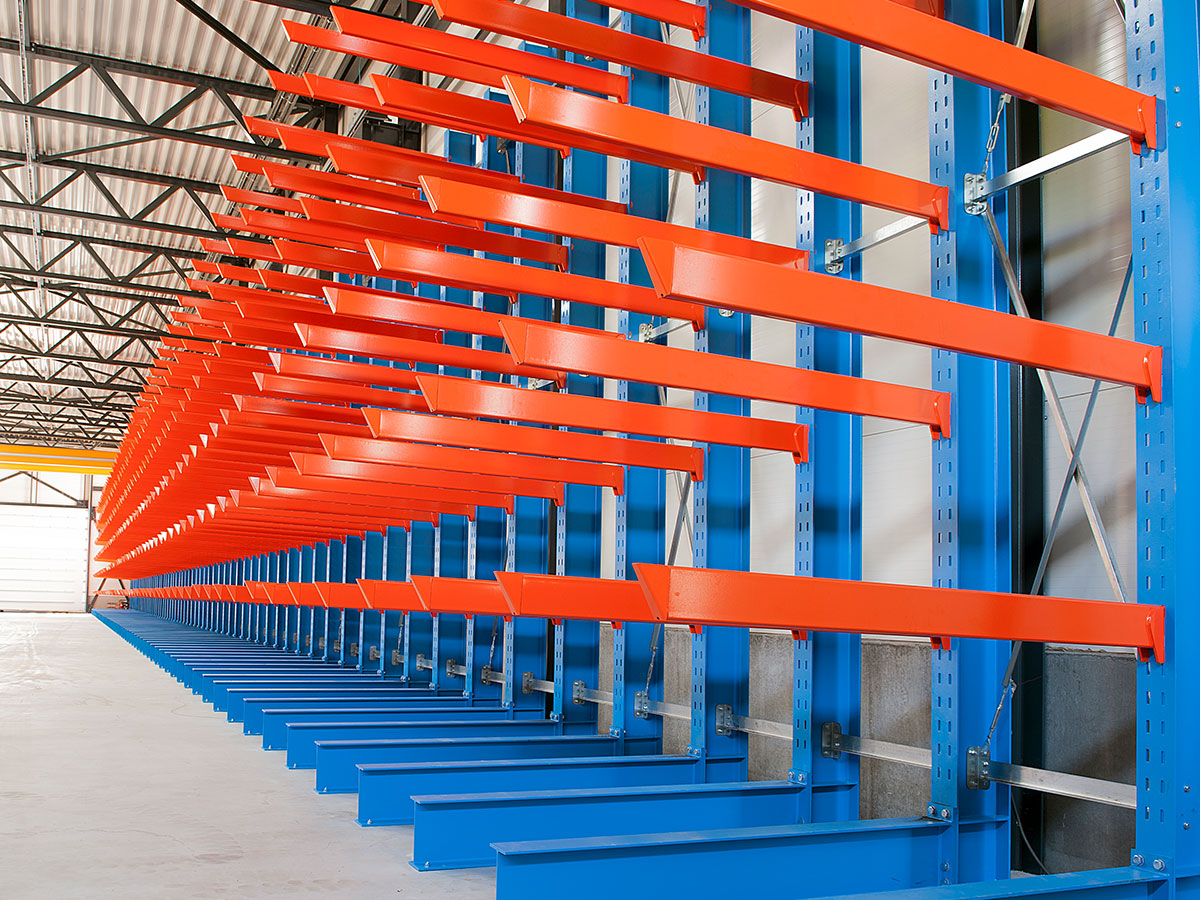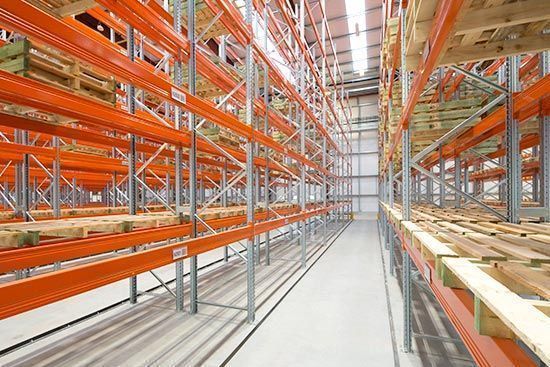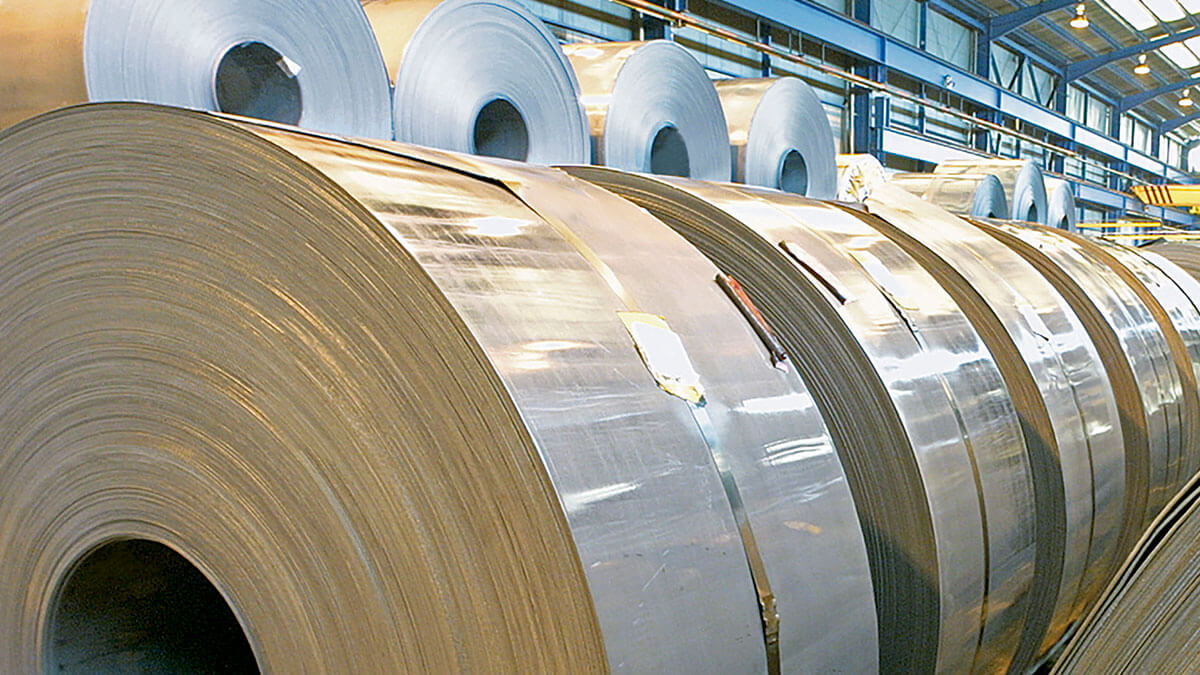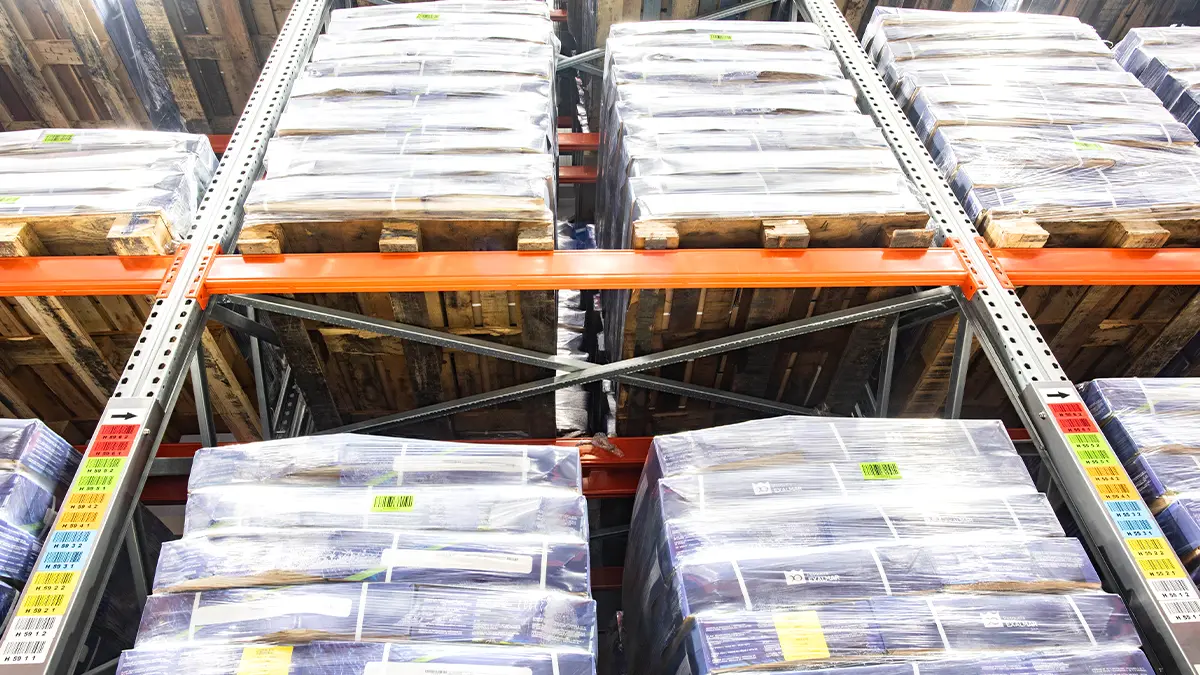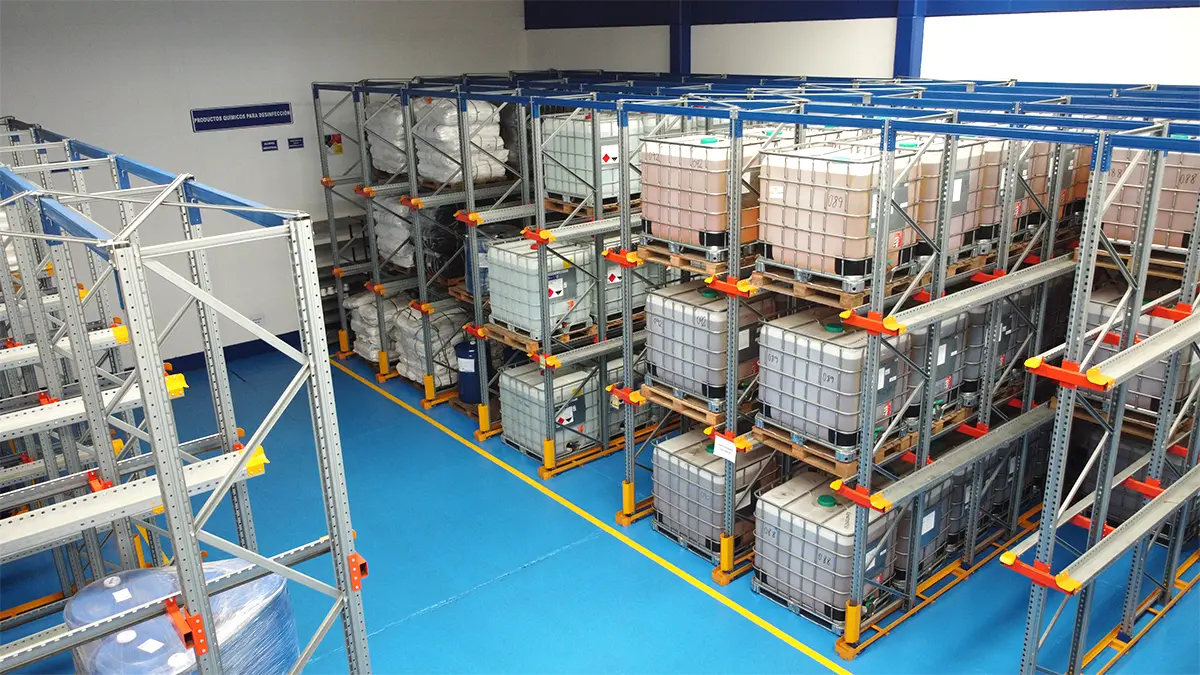Steel is an essential material in our day-to-day. It is a material that is found in almost all the elements that we handle and visualise each day: from cars to tins of food, including large buildings and warehouses.
In the industrial storage systems sector, steel is the key raw material on which the correct operation of the facility will depend.
Main properties of steel
Why is steel such an appreciated material? Its composition makes it a highly appreciated material in all types of sectors. However, steel should not be confused with iron. Steel is an iron alloy with a variable amount of carbon. Steel preserves the metallic characteristics of iron in its pure state, but adding carbon and other types of elements, both metallic and non-metallic, substantially improves the properties of iron.
Both iron and carbon are found abundantly in nature, therefore steel is a highly available material. However, the high technology used in the steel production process makes it a strategic material that many countries are still not capable of producing with quality.
Steel is therefore a material with characteristics highly appreciated in many sectors such as resistance, plasticity and versatility. Few materials manage to match the contribution to the industrial and technological development of societies like steel.

Types of steel
Apart from carbon, steel can contain other alloying chemical elements, such as and most notably; manganese, chromium, nickel, silicon or molybdenum. The combination of these elements at different levels can vary the properties of steel.
Steel is therefore not a single product, since according to data from the World Steel Association, “there are more than 3,500 different grades of steel with many different physical, chemical and environmental properties”.
Depending on the metals that make up the steel, different degrees of properties such as hardness, corrosion resistance, hardenability, etc., will be achieved.
The main division is made based on the balance of the composition between iron and carbon:
Carbon or structural steel
This constitutes a significant proportion of the steel produced in steel plants. It includes both steels for civil construction and for mechanical construction.
Nine out of every ten types of steel in global production are carbon steels and the rest alloy steels.
Alloy steel
Every steel is in reality an alloy, but not all steels are alloy steels. The simplest steels are mainly 99% iron with carbon.
Alloy steel is the standard term referring to steels with other elements apart from carbon, which are typically manganese, nickel, chromium, molybdenum, vanadium, silicon, and boron.
After dividing steel into those two main groups, steel can be further classified into other major subgroups depending on different factors:
Corten steel
An alloy that is made up of copper, chromium, phosphorus and nickel. It is a type of steel that is highly resistant to oxidation. Mainly used in the cement industry.
Corrugated steel
It is a rolled steel in the form of a bar, composed of iron and carbon. It has some projections or corrugations that help improve its adherence to concrete. It is used in construction projects to create reinforced concrete structures.
Stainless steel
It consists of chrome, iron and carbon. Depending on the alloy it can also contain other components. It stands out particularly for its high resistance to corrosion and durability. Used in many different areas of the day-to-day.
Weathered steel
This is structural steel with an improved atmospheric corrosion resistance. These steels are high-strength low-alloy steels which, under normal atmospheric conditions, offer greater resistance to oxidation compared to ordinary carbon-manganese steels.
This kind of steel acquires a layer of oxide on its surface when it is exposed to rain and humidity.
Galvanised steel
It consists of a coating of the base steel by means of a layer of zinc. It is a more resistant type of steel, has a more durable finish and is protected against corrosion.
Due to these characteristics, it is an attractive and sought-after product for the manufacture of different components for the automotive industry, construction and, of course, industrial racking both for warehouse interiors and for open-air warehouses.

Steel for industrial racking: industrial steel
As indicated above, galvanising is the immersion of steel in molten zinc at a temperature of about 450º. This causes an electrochemical reaction that provides the material with greater protection against corrosion and extreme environmental conditions. This product also stands out as a durable scratch-resistant coated metal, and has a satin appearance. One of the great properties of galvanised steel is durability.
In the case of racks or industrial racking, knowledge of the raw material, galvanised steel in this case, is key because it provides the basis for using the appropriate quality of raw material for each product that makes up a complete storage system.
Advantages of good galvanised steel in industrial racking
In recent years, the steel industry has experienced turbulent times. For years there has been a boom in low-cost steel which leading Western countries and producers have had difficulty competing with in terms of price. However, time has shown that the low cost of steel from Asia was not simply due to huge production capacity, but rather low-quality steel production.
This low-quality steel, generally made from discarded materials, has proved counter-productive and therefore more expensive, due to all the repairs or replacements that have had to be made in those warehouses or distribution centres with low-quality steel racking.

What provides good galvanised steel in storage systems?
- Strength: quality galvanised steel has a zinc coating that is highly resistant to shock and abrasion. It is a steel that is far more resistant to oxidation and deterioration caused by environmental conditions.
- Durability: industrial racking made of good galvanised steel has a longer useful life. It can be said that galvanised steel is the coating that ensures the greatest durability in any type of external environment. According to the Spanish Technical Association for Galvanisation (ATEG), “a galvanised coating 80 microns thick can last up to 100 years in a rural environment, 40-100 years in an urban environment, 20-40 years in an industrial environment and 10-20 years in a marine environment”.
- Zero maintenance cost: compared to systems with a paint finish, galvanising has much lower costs over the service life of the steel because it does not require any type of maintenance, so the price paid is tremendously competitive.
- Sustainability: galvanised steel has a low environmental impact for two reasons: its long useful life means that there is no continuous and excessive production of steel intended to be repaired or replaced; what’s more, it is an easily recyclable material.
- Safety: the galvanised steel production process is fully standardised by national and international standards, so industrial racking made of good galvanised steel, that complies with all standards and that has a quality raw material, is a completely reliable structure.
- Versatility: galvanised steel is an adaptable material for two main reasons: firstly, it allows a paint finish, and secondly, the galvanised structures can be welded or screwed, thus reducing construction times.
Finally, and no less important, high-quality industrial racking or racking manufacturers such as AR Racking, apart from having a quality raw material, thanks to belonging to a steel group with more than 80 years of experience in the sector, such as the Arania Group, carry out an industrial racking production process subject to parameters of excellence in the manufacture of their storage solutions.
If you are considering replacing the industrial racking damaged in your warehouse or installing new long-lasting storage systems, please contact AR Racking here.






